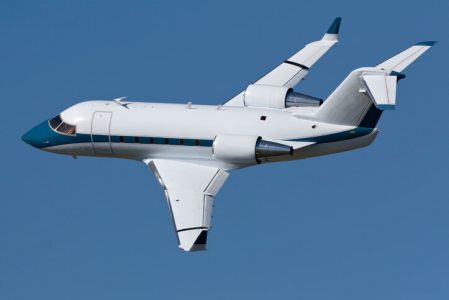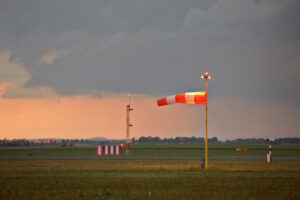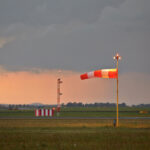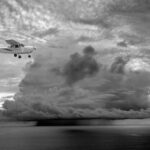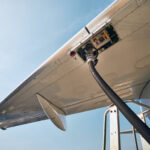Understanding the Critical Role of Angle of Attack in Aviation
In the realm of aviation, few concepts are as fundamental and yet as nuanced as the angle of attack (AoA). For professional pilots, a thorough understanding of AoA is crucial, not only for performance optimization but also for ensuring the safety and efficiency of every flight. This blog delves into the intricacies of AoA, examining its effects on lift, drag, and overall aircraft performance, while highlighting its pivotal role throughout various phases of flight.
The Dynamics of Angle of Attack
The angle of attack is defined as the angle between the chord line of an aircraft’s wing and the oncoming airflow. This seemingly simple parameter wields significant influence over both lift and drag, two forces essential to flight. Here’s how AoA impacts these critical components:
- Lift: AoA is directly proportional to lift up to a certain point; increasing AoA enhances lift, which is vital during takeoff and initial climb. However, exceeding the critical AoA leads to a stall, where lift dramatically decreases.
- Drag: As AoA increases, drag also rises, affecting fuel efficiency. Pilots must manage AoA to minimize drag, especially during cruise to optimize performance.
Key Considerations for Professional Pilots
Understanding the interplay between AoA, lift, and drag is essential, but it is equally important to recognize how AoA influences various aspects of flight:
- Stall Speed Relationship:
- The stall speed varies with AoA; as AoA increases, the aircraft approaches its critical angle faster, raising the stall speed.
- Maintaining awareness of AoA helps avoid inadvertent stalls, particularly during low-speed operations like takeoff and landing.
- Role in Flight Phases:
- During takeoff, managing AoA is crucial for achieving optimal lift.
- In climb, adjusting AoA helps maintain a balance between lift and climb rate.
- While cruising, a lower AoA can reduce drag, enhancing fuel efficiency.
- During landing, precise AoA control ensures a stable approach and touchdown.
- Modern AoA Indicators:
- Many contemporary aircraft are equipped with AoA indicators, providing real-time data to aid pilots in maintaining optimal AoA.
- These instruments enhance situational awareness, allowing pilots to make informed decisions and react promptly to changing conditions.
Emphasizing Safety and Efficiency
For professional pilots, understanding and managing AoA is not just a matter of aerodynamics but also a commitment to safety and operational efficiency. By mastering AoA, pilots can:
- Prevent stalls and enhance aircraft control.
- Optimize fuel consumption by managing drag.
- Ensure a smooth transition through various flight phases.
In conclusion, the angle of attack is a vital element of aerodynamics that demands constant attention and understanding. By appreciating its role in lift, drag, and aircraft performance, pilots can navigate the skies with greater safety and efficacy, making every flight a testament to their skill and knowledge.
RELATED CTS TRAINING
RELATED CTS TRAINING

